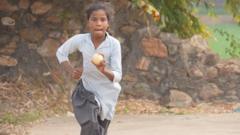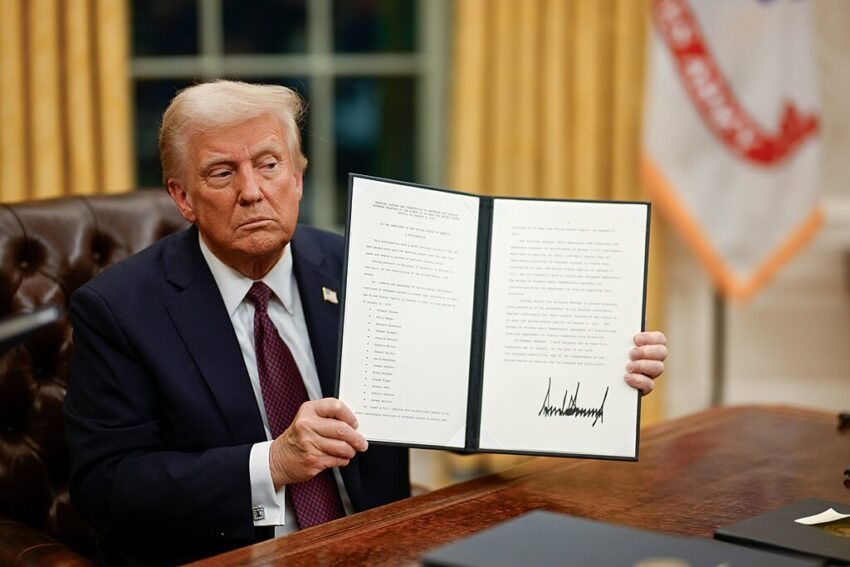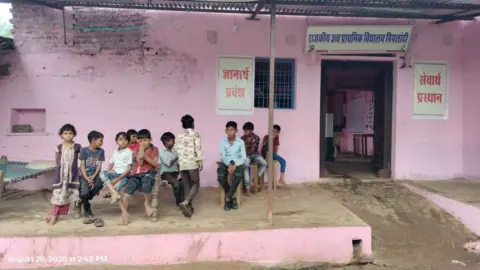In a small village in Rajasthan, 10-year-old Sushila Meena's life took a remarkable turn when legendary cricketer Sachin Tendulkar shared a video of her bowling on social media. Tendulkar's endorsement likened her bowling style to that of former Indian bowler Zaheer Khan, leading to viral recognition. The video attracted millions of views and thousands of shares, propelling Sushila into the media spotlight.
Despite her rising fame, Sushila remains blissfully unaware of who Tendulkar is. "I don't know who he is," she admits, having never watched cricket or owned a television. Nevertheless, her life has changed dramatically, with newfound admirers, from politicians to social activists, eager to meet her and capture the moment in photographs.
On the cricket field, however, Sushila is a few different individuals. The moment she picks up a rubber ball, she becomes focused and determined to outsmart the batter. Her classmate Asha finds Sushila's bowling challenging, noting that her deliveries often take unexpected turns and hit the wicket with precision.
Sushila's mother, Shantibai, takes pride in her daughter's achievements, though she's faced criticism for encouraging Sushila to play cricket instead of adhering to traditional household roles. In rural India, there's often pressure on girls to conform and stay home, but Shantibai is resolute in her support: "I will never stop her from playing cricket," she insists.
The cricket enthusiasm in Sushila's village can be attributed to teacher Ishwarlal Meena, who introduced the sport to motivate students. His unconventional coaching methods involve watching YouTube tutorials, as he lacks formal cricket training. Under his guidance, the students progressively showcased their skills online, attracting attention and even support from spectators who offered tips and encouragement.
The cricket talent from the school has previously gained recognition; last year, another student, Renuka Pargi, went viral for her batting. She now trains at a cricket academy in Jaipur, which covers her expenses. However, despite the digital fame, challenges remain. The local school, which currently teaches only up to fifth grade, emphasizes the need for better facilities and opportunities for its students.
Local officials have promised to assess the situation and explore options for enhancing facilities, yet progress remains elusive. Meanwhile, Sushila finds herself inundated with gifts, including cricket bats, even though she primarily bowls with rubber balls—there has been no provision made for a proper cricket ball.
While Sushila expresses delight over her gifts, she wonders how many of these will genuinely impact her life beyond temporary acclaim. The lingering question for Sushila and her village is whether her newfound fame will bring lasting change or simply reside as a fleeting moment of excitement in her young life.



















